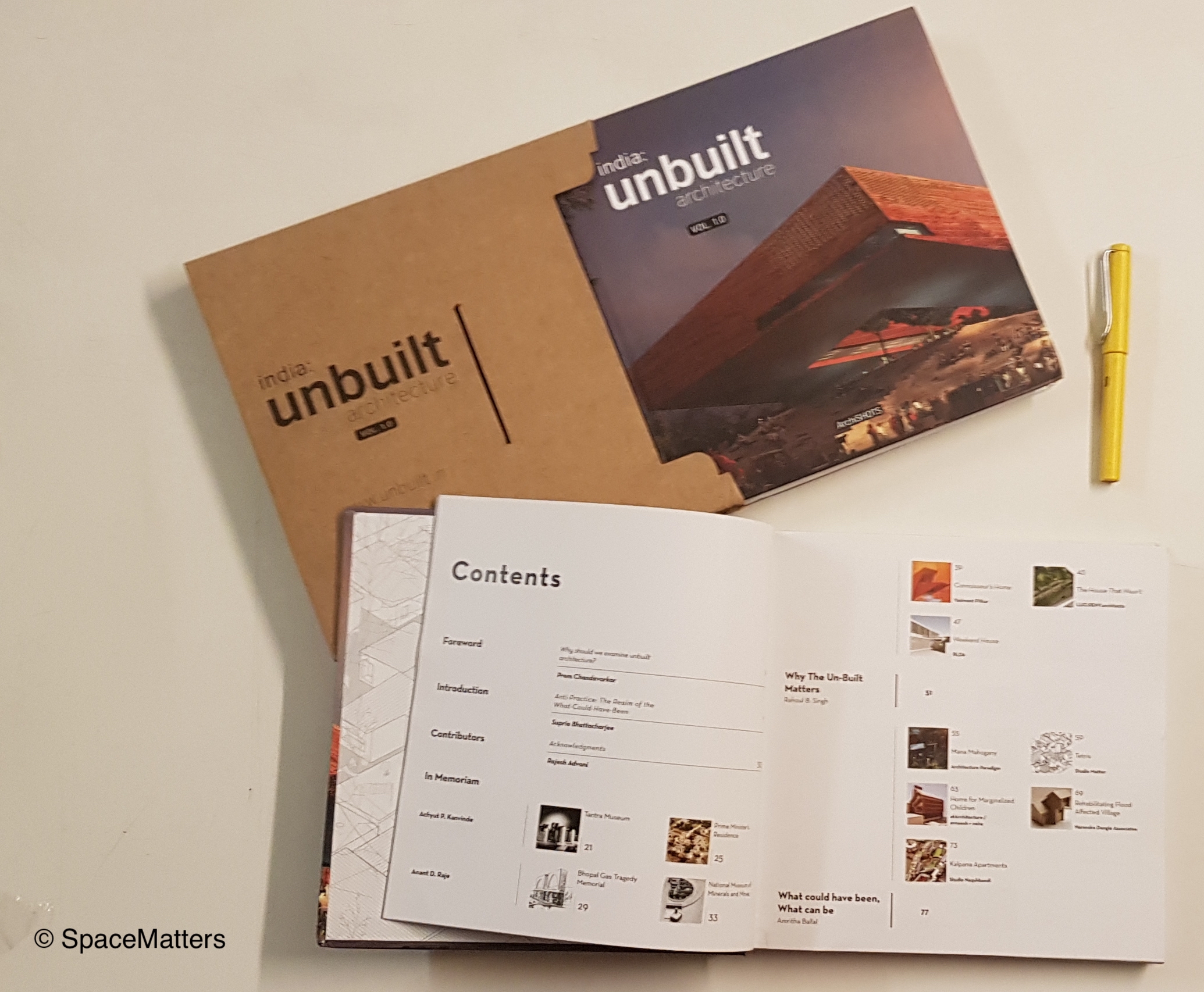
unbuilt 2.0: architecture of future collectives delves deeper into the meaning of unbuilt, and expands the discourse beyond the buildable unbuilt. It features about 50 ideas, realistic and speculative, along with thought provoking and intriguing essays and captivating conversations on the theme by diverse design professionals across India.

Indian architects report that a significant amount of their work remains unbuilt - whether as concepts that didn’t make the cut at competitions, as proposals which got tied up in red tape, or as projects that were abandoned by stakeholders. While we measure the worth of a building by the visual, tactile and spatial experience it offers, the fact remains that unrealized ideas are just as crucial as built structures - for design, development and discourse. This volume seeks to celebrate these ideas.

Receive updates on inspiring unbuilt ideas and access to intriguing articles on Unbuilt Ideas.
You have successfully joined our subscriber list. You should soon start receiving emails from us.